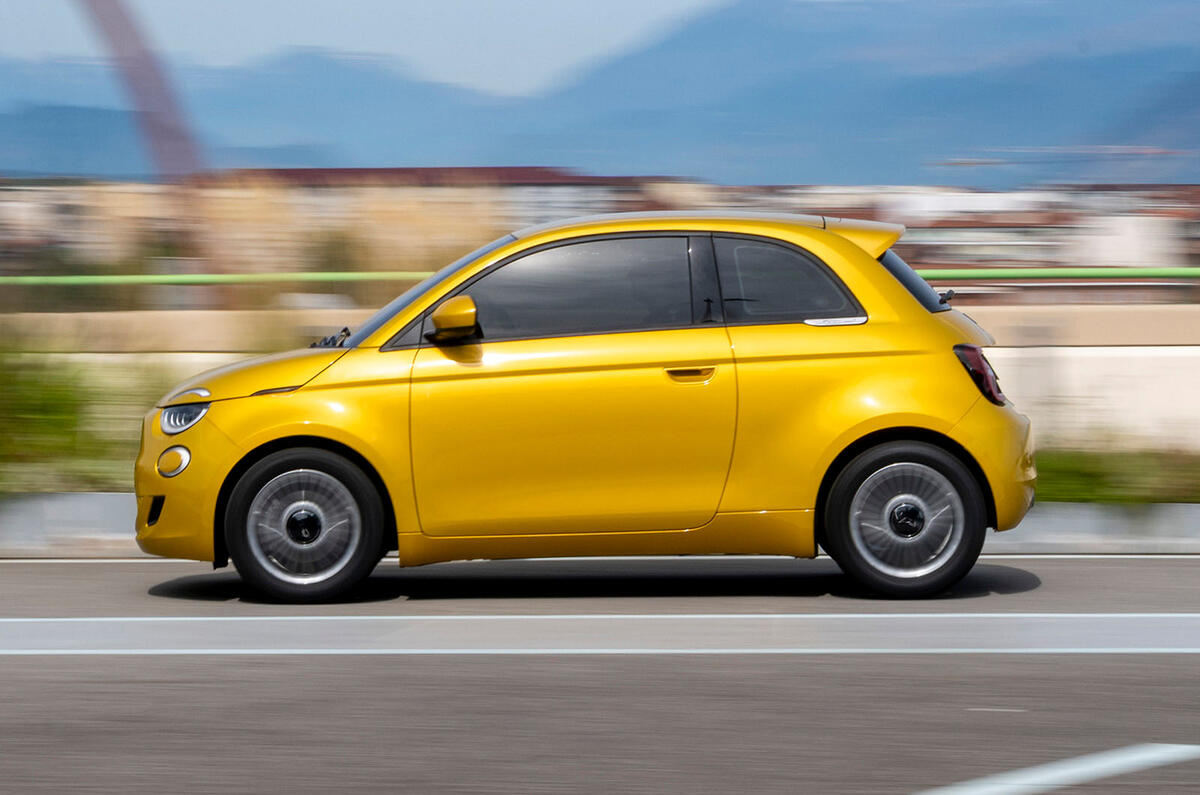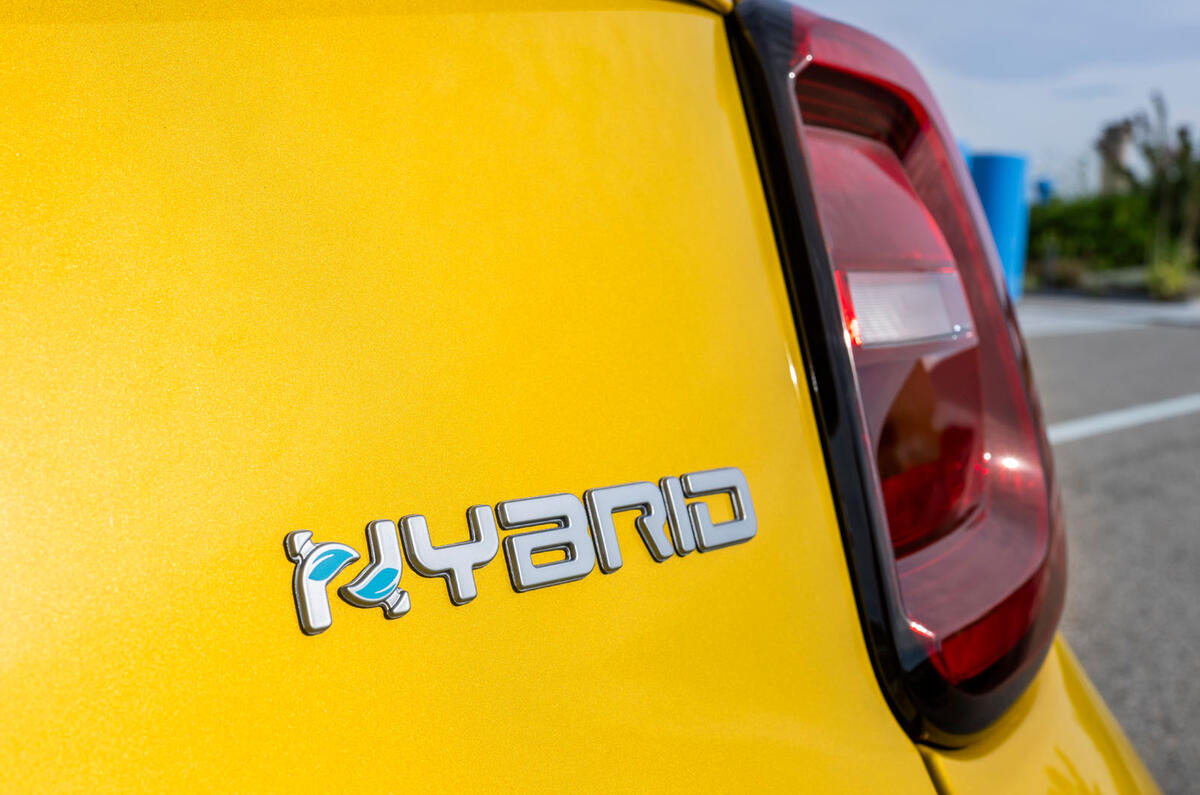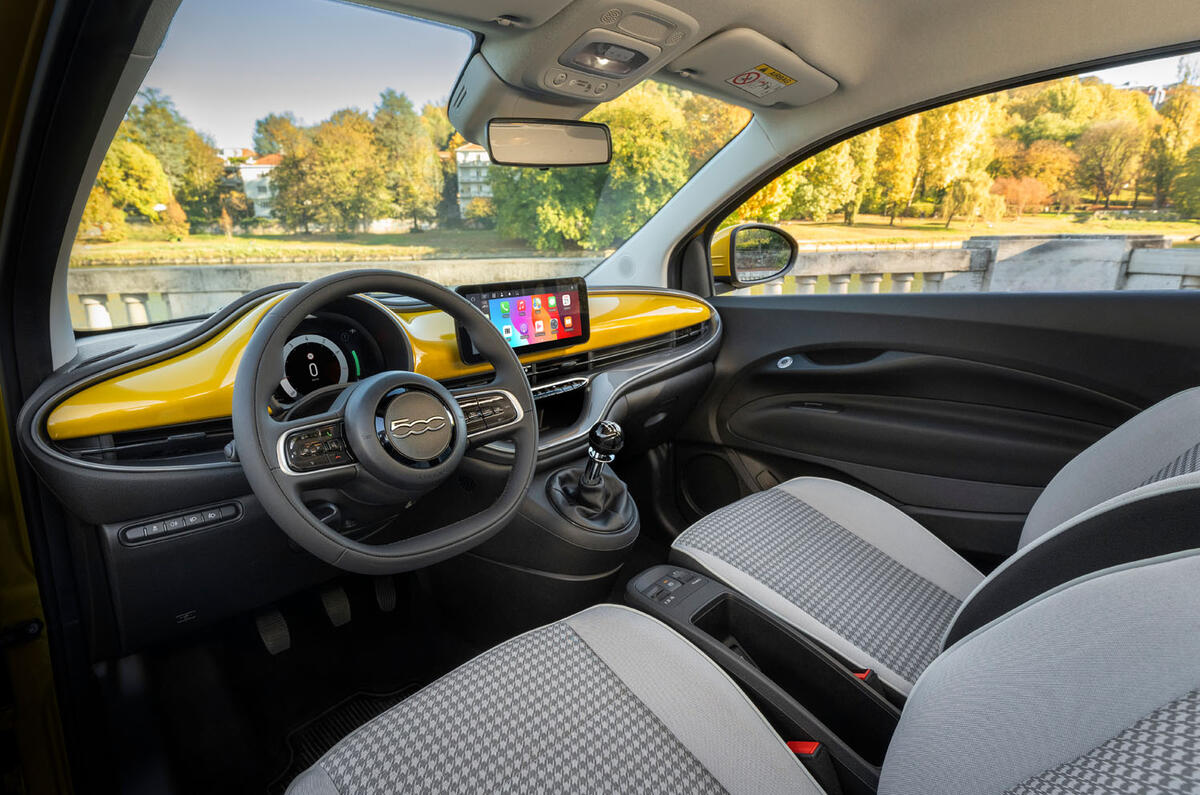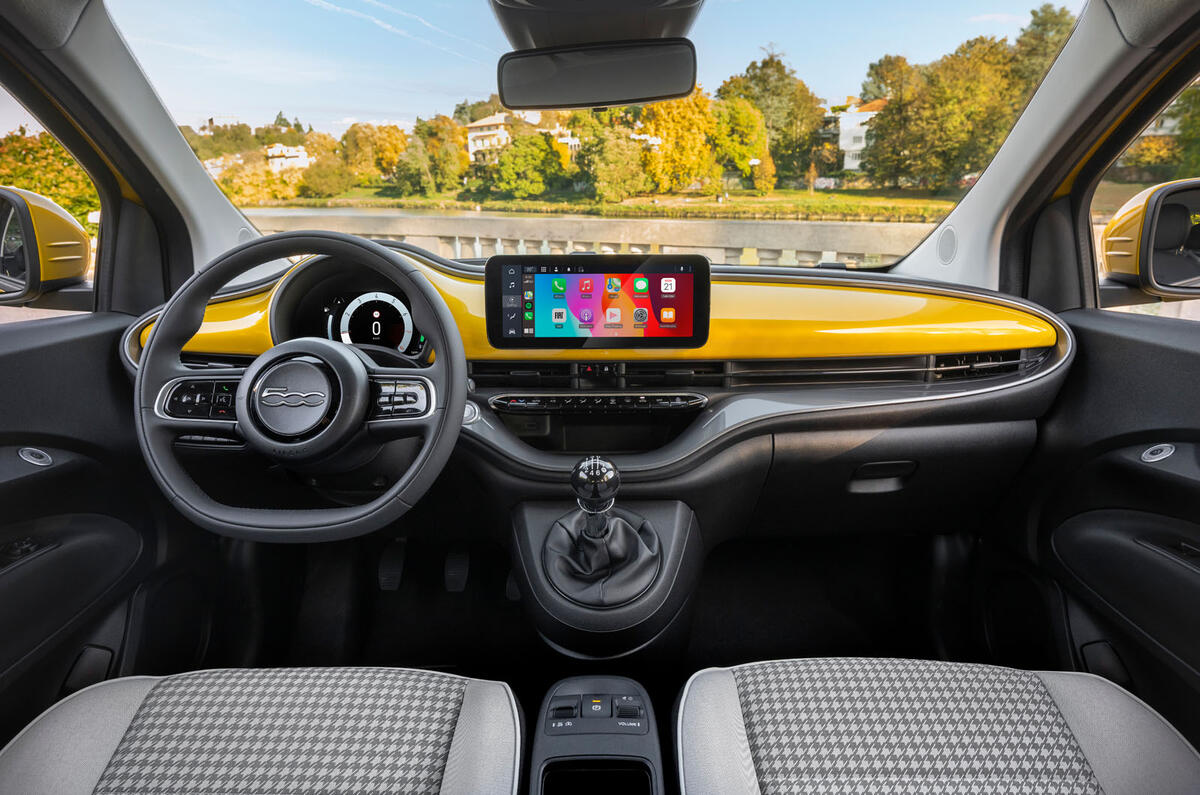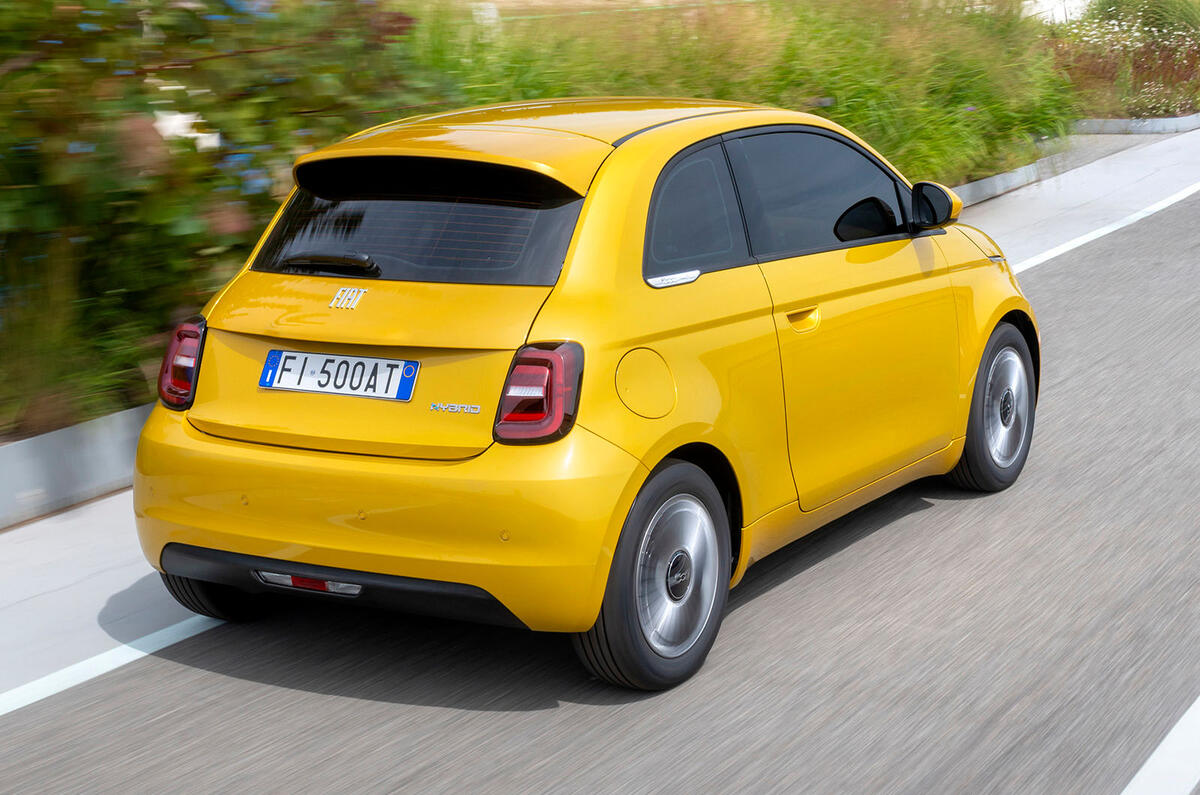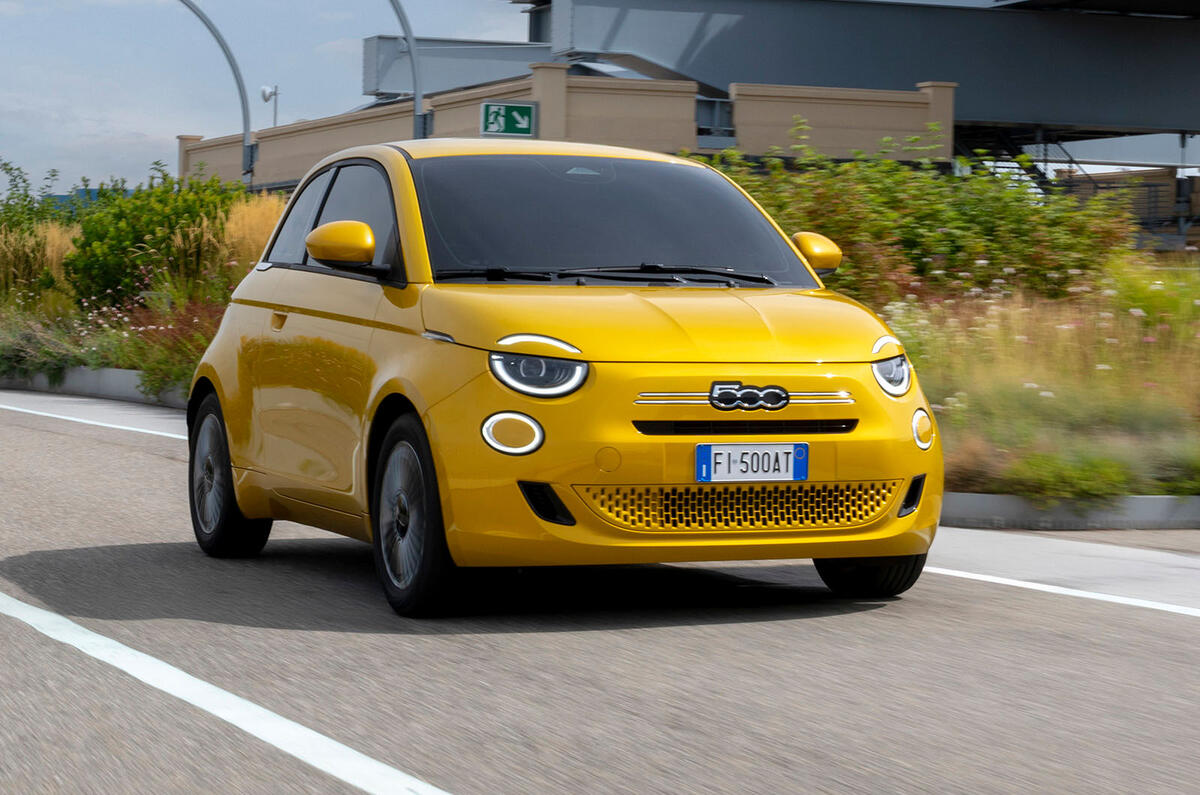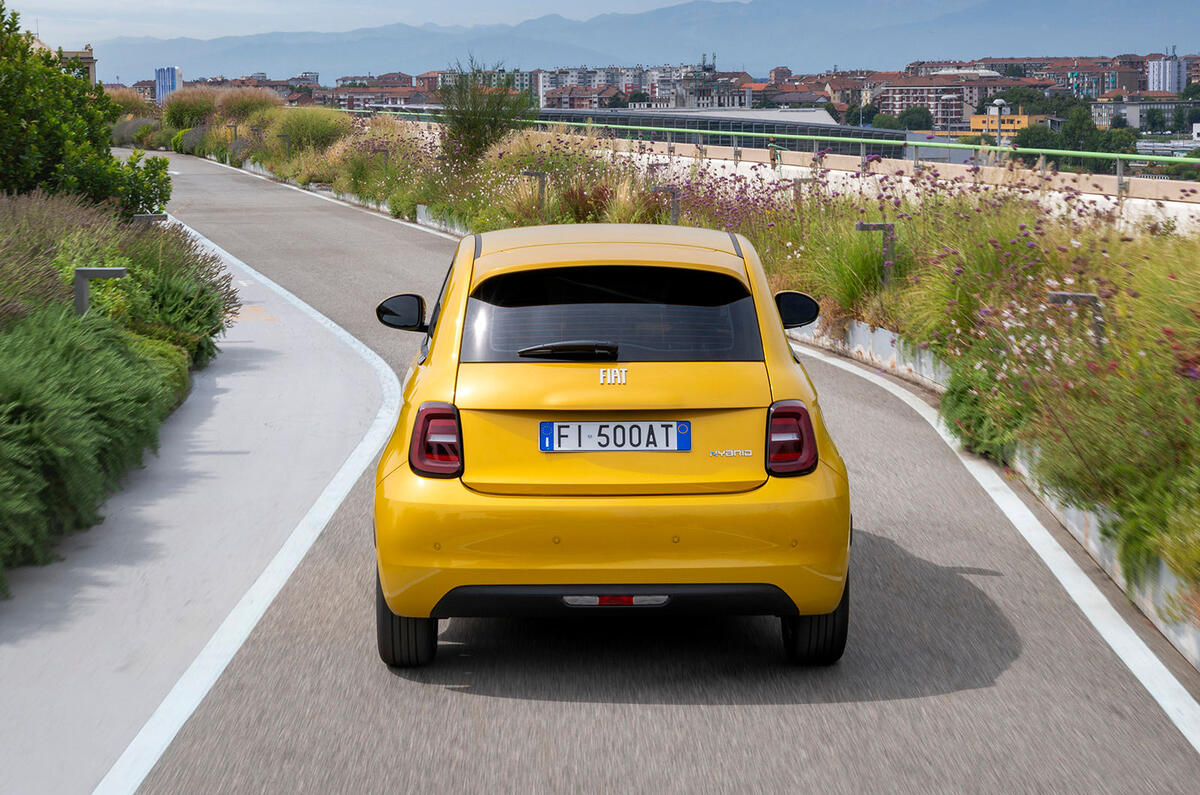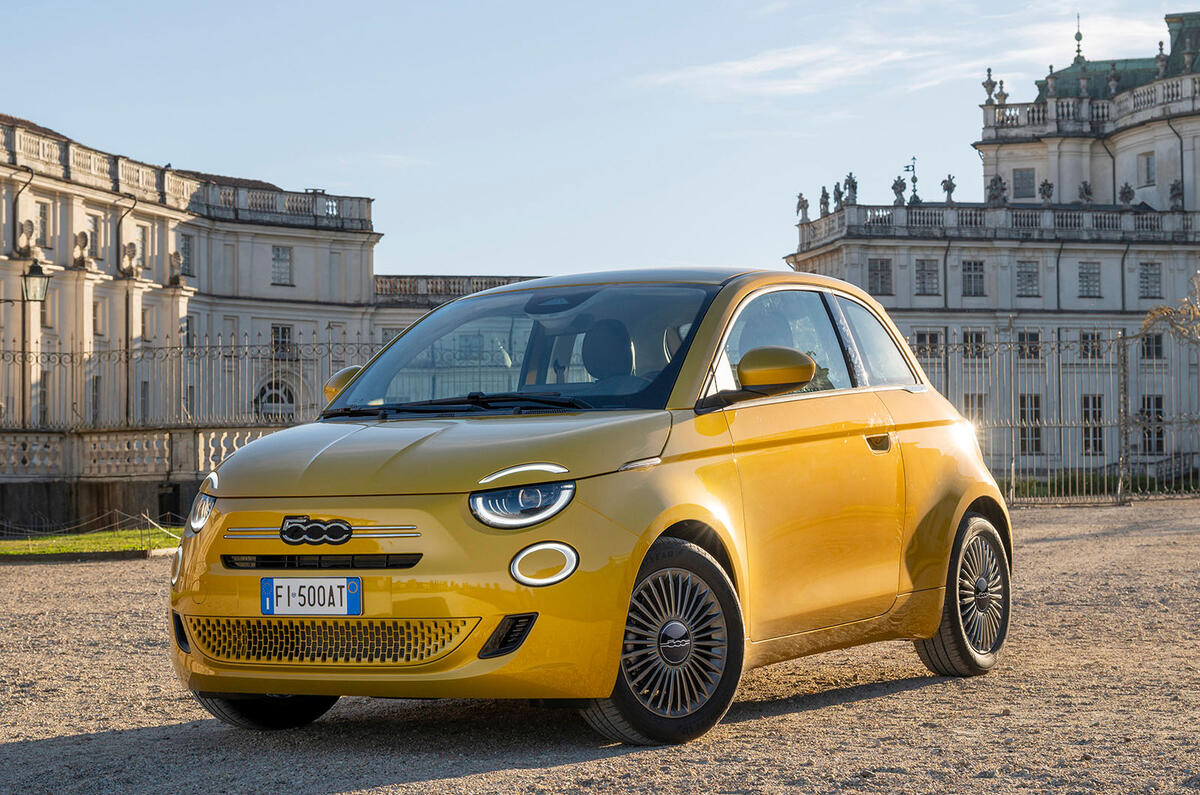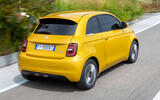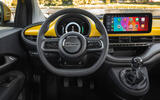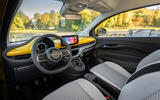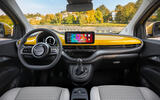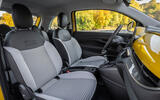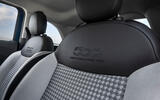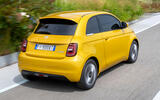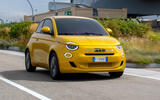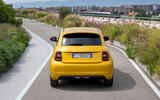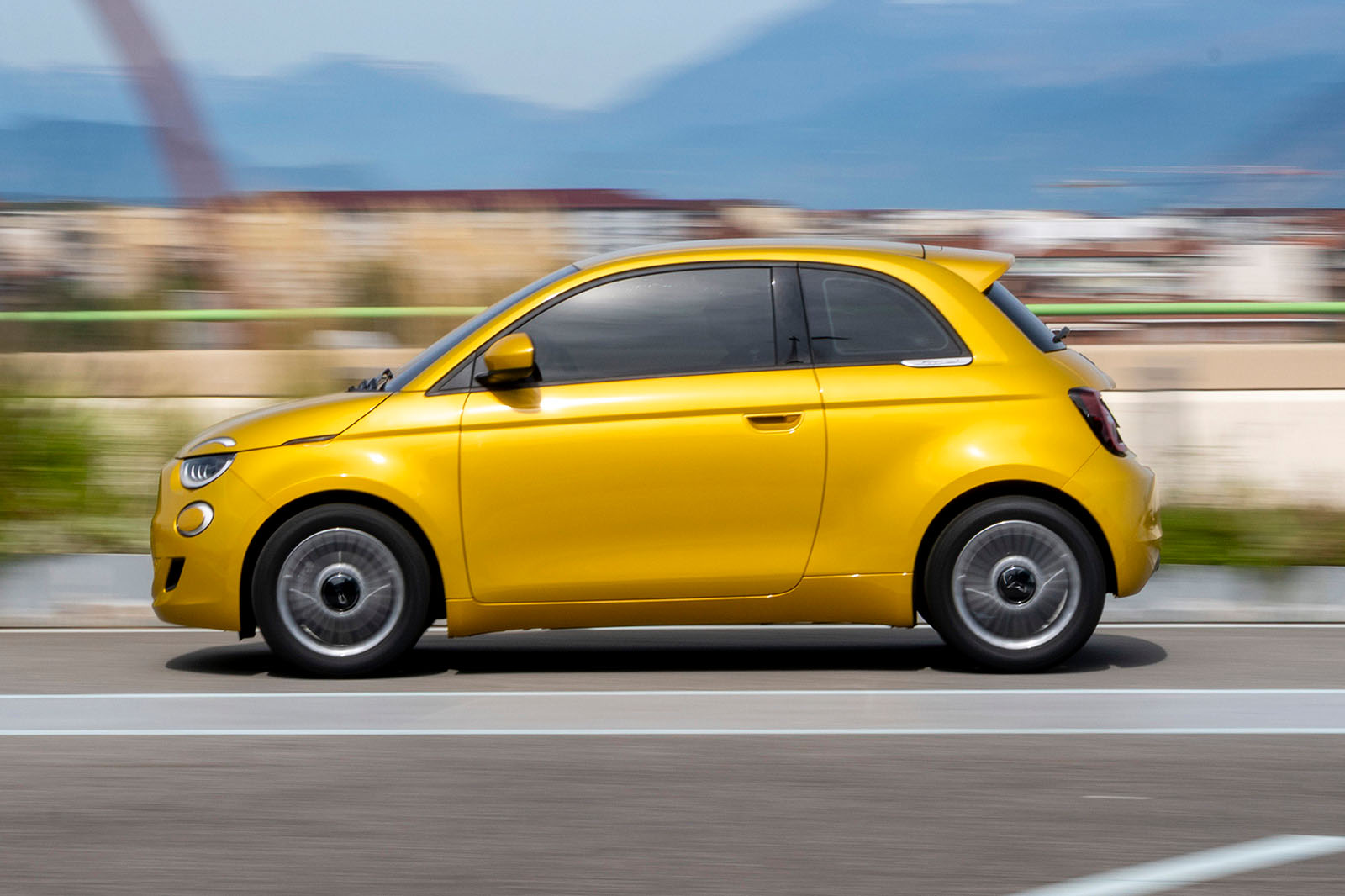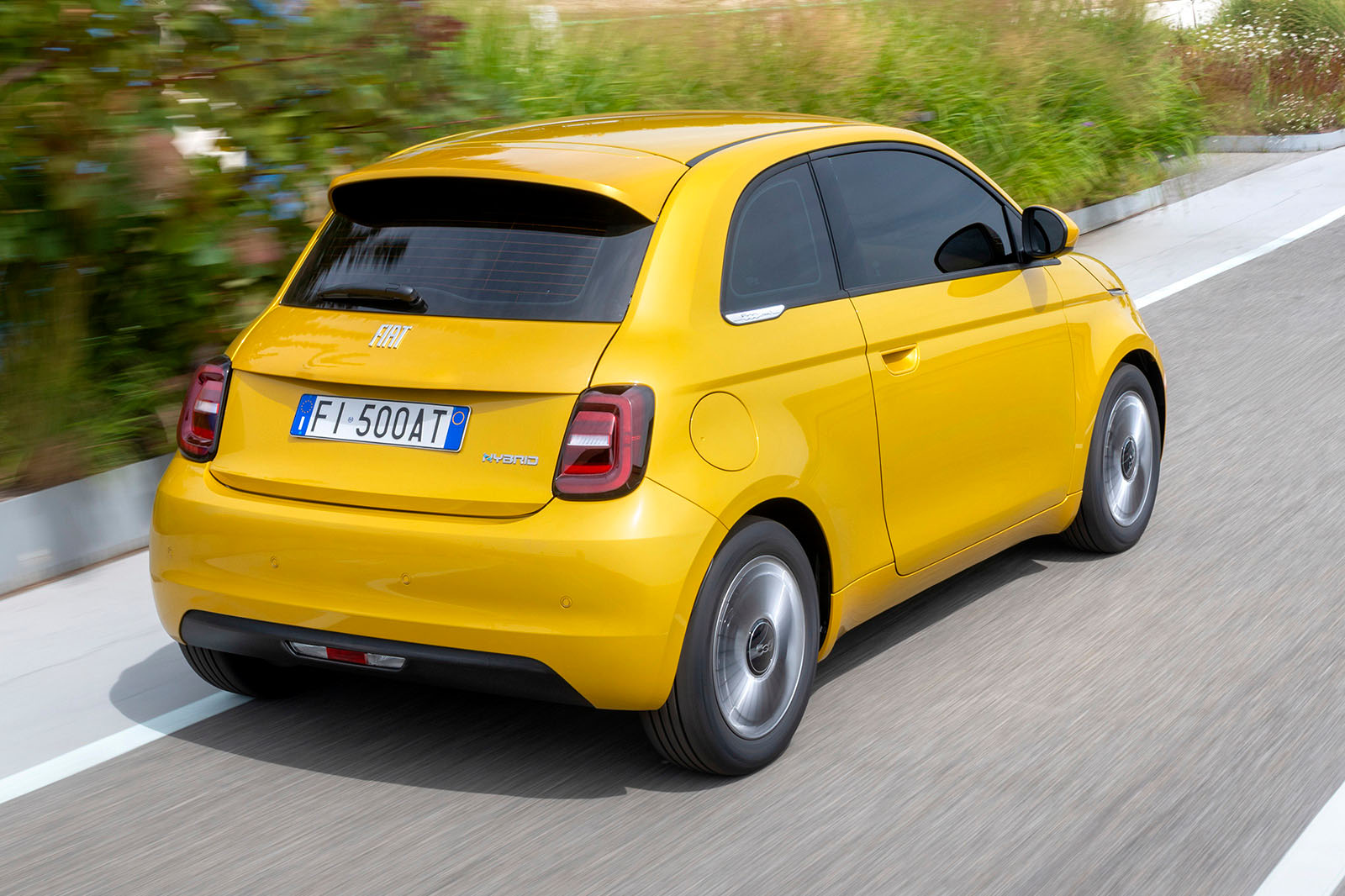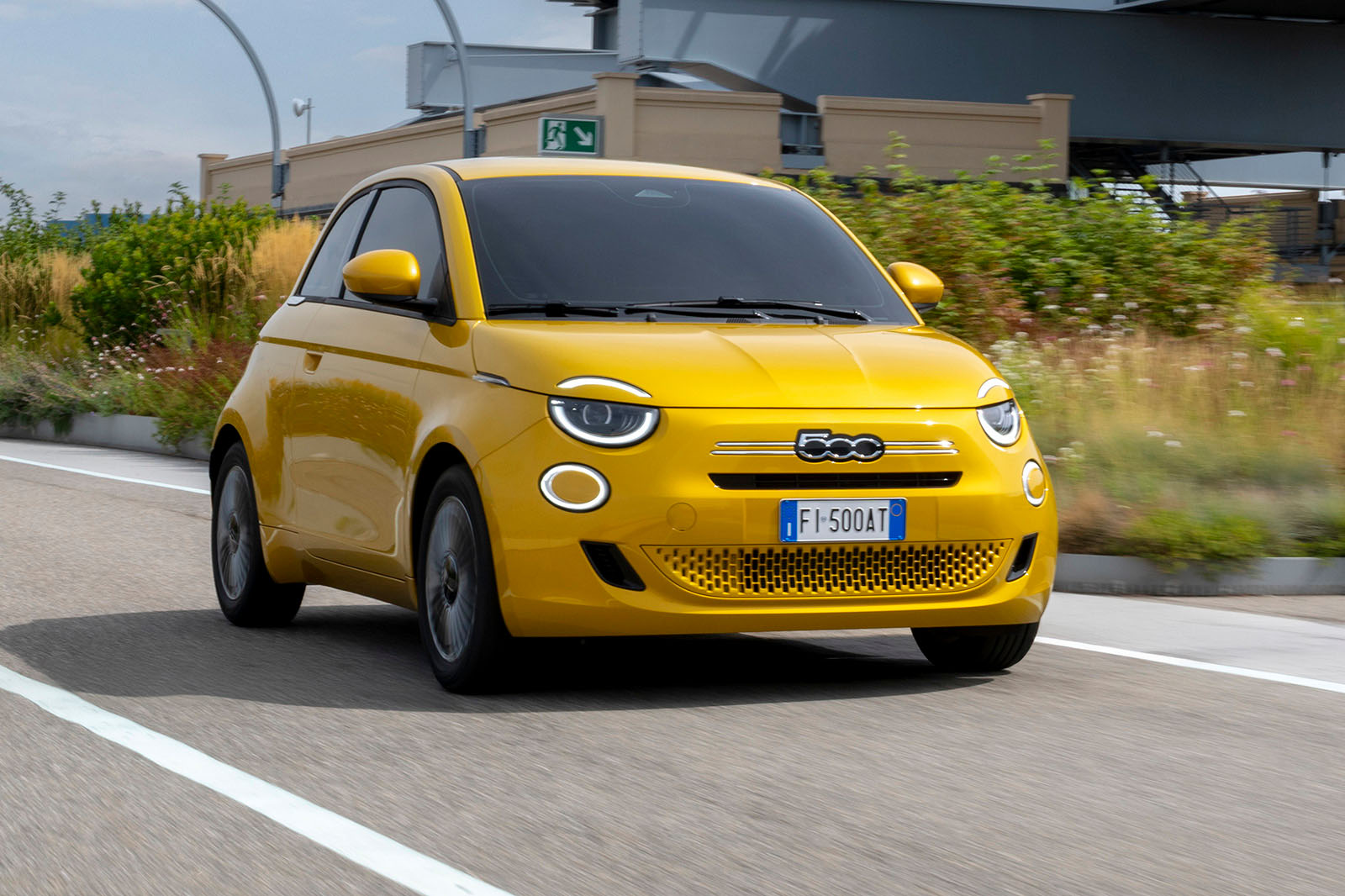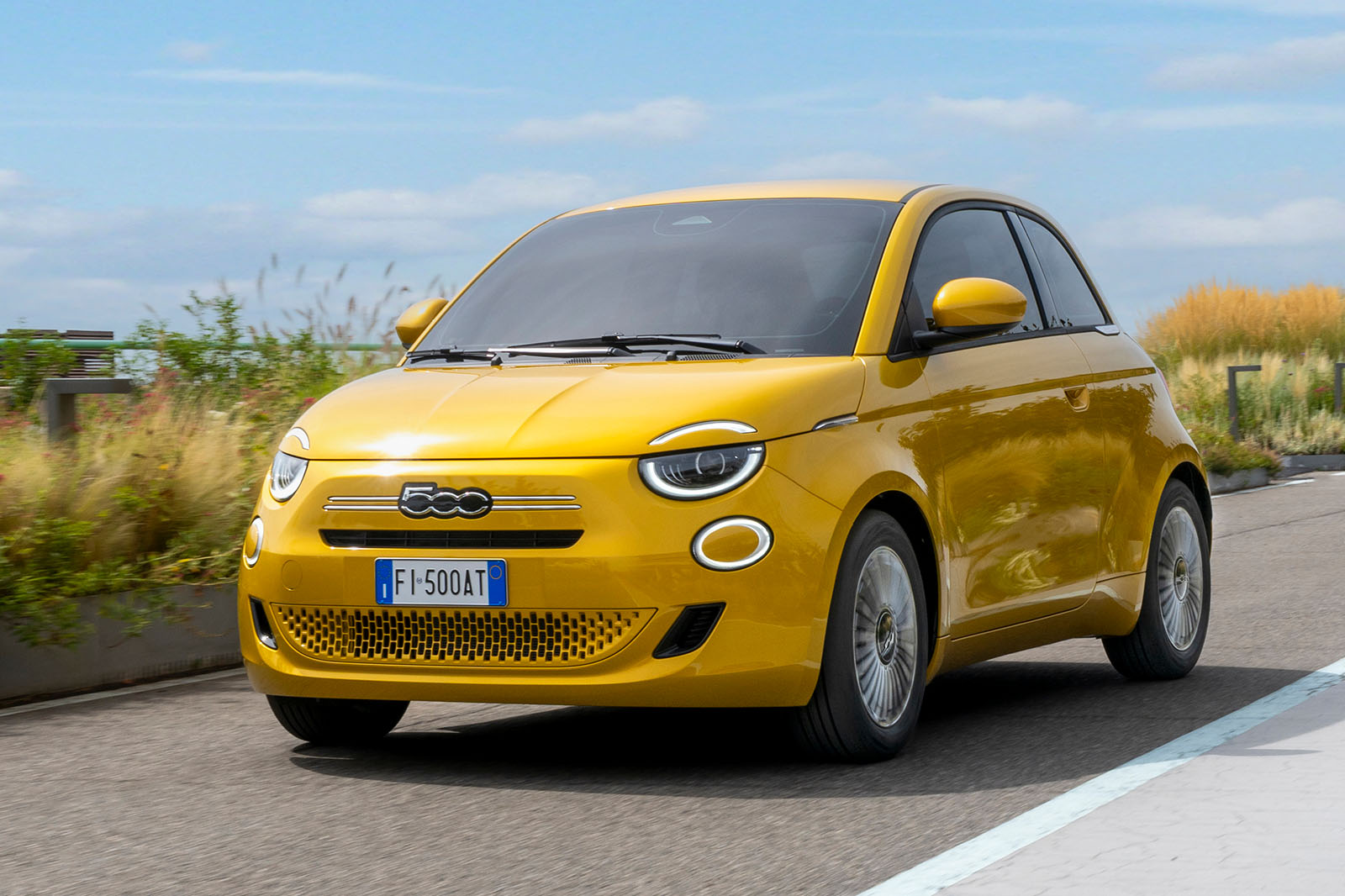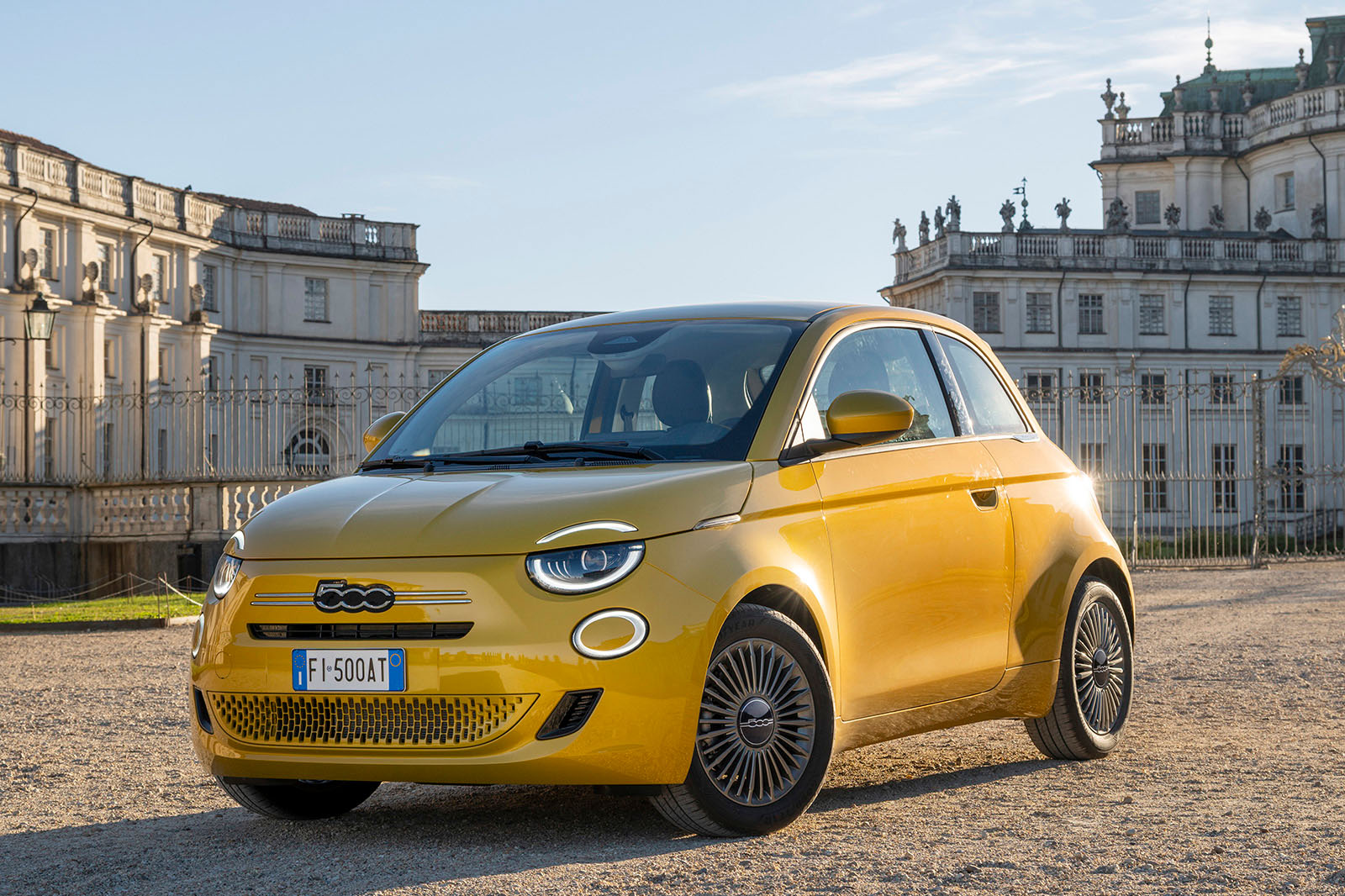In spite of the 500 Hybrid being something of a hack job, cobbled together with whatever Fiat had lying around on the shelves, the end result is fairly impressive.
The Firefly engine is particularly well suited to nipping around town, with the majority of its grunt coming in at just 2000rpm.
With six tightly spaced gears to choose from, you will hardly ever be outside of that range, so getting up to 40mph is free of fuss.
Faster roads pose more of a challenge. Much of the coverage of the 500 Hybrid’s unveiling focused on its glacial acceleration on-paper: 16.2sec to hit 62mph from rest in the hatchback or 17.3sec in the cabriolet.
Beyond 50mph, you really feel that sluggishness, and you will have to change down to perform overtakes in decent time. But it is completely fine for pootling around town and A-roads – which, it’s worth noting, is what 500s have always been designed for.
That said, this 500 is not the character that those of the past were. The engine’s linearity completely dissuades you from chasing revs like you might have done with the 2007 car’s 1.2-litre Fire four-pot.
The sound is lacklustre too, missing the charming parp-parp that the old 1.2-litre made on start-up. Revving the engine hard emits an industrial thrumming, which is especially intrusive when building to higher speeds.
It's also hard to detect the involvement of the mild-hybrid system. There isn't the pronounced shove that you might expect to get from the delivery of electric power, and there isn't a strong regenerative effect from the brakes either.
It instead operates the start-stop system – which fires the engine into life quickly - and gives you a light boost when accelerating from low revs.
The gearbox encourages more relaxed driving: the lever’s high mounting and large, round knob make for comfortable changes but the throw is long and heavy.
It’s fine, but the slowness of its action might frustrate if you’re urgently downshifting, which you will need to do rather often if you head out onto faster roads.




